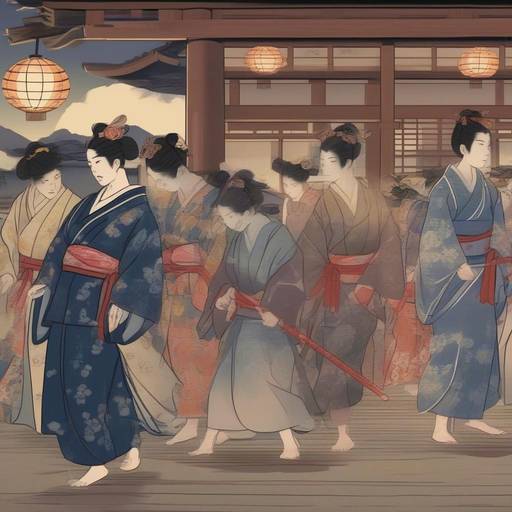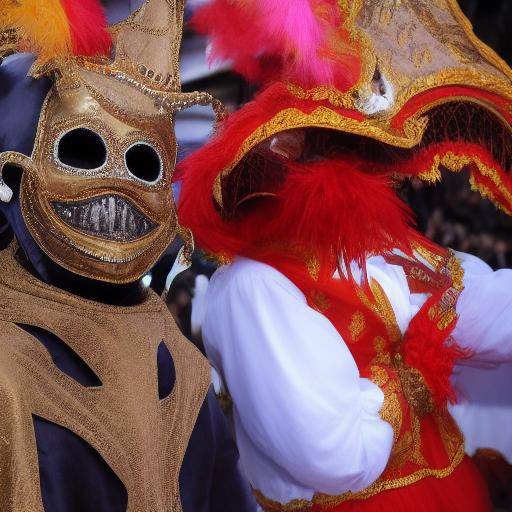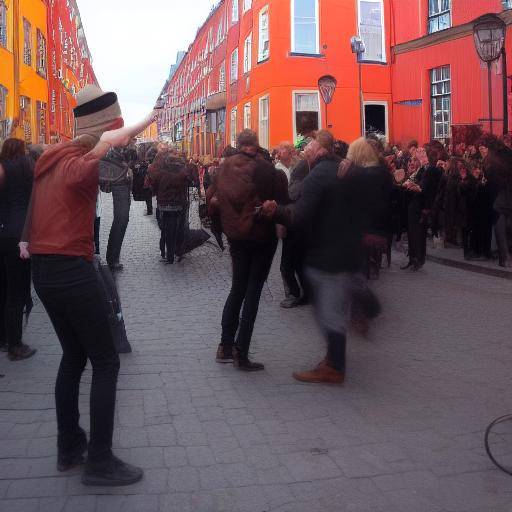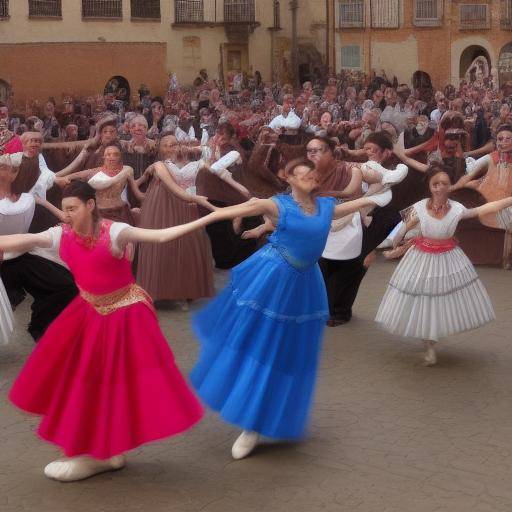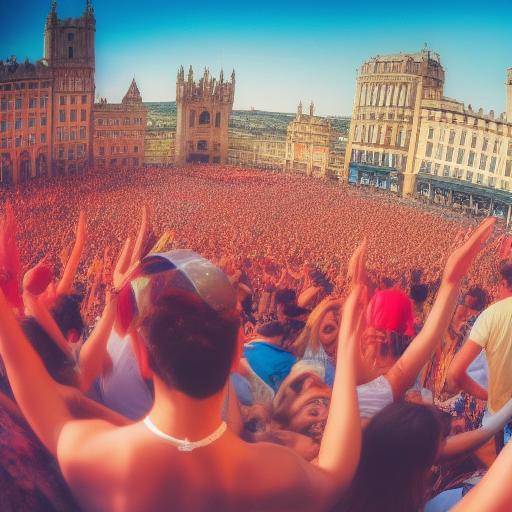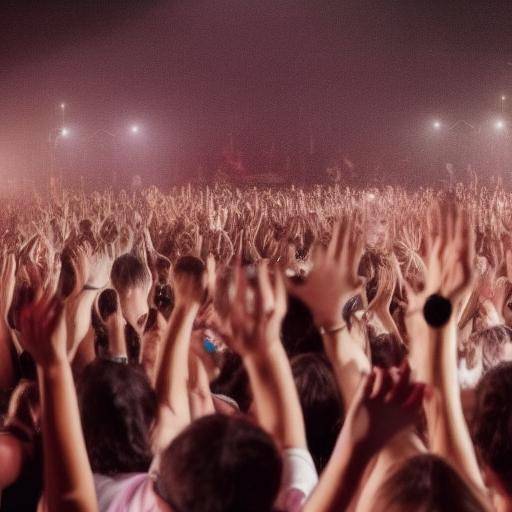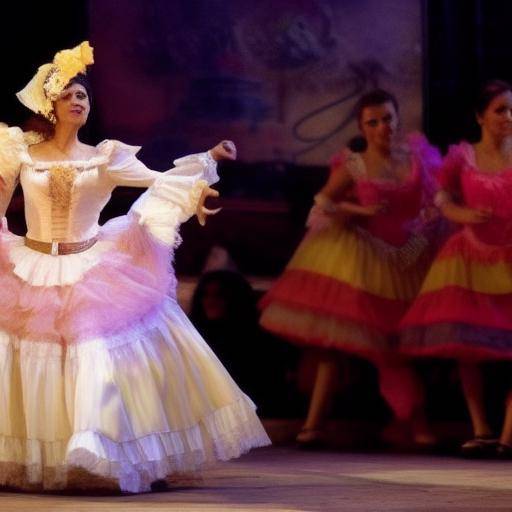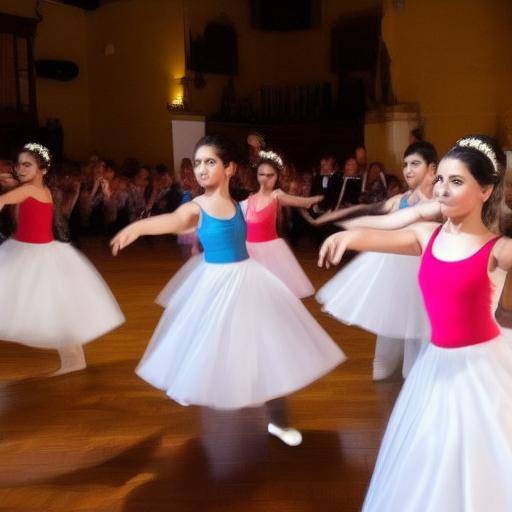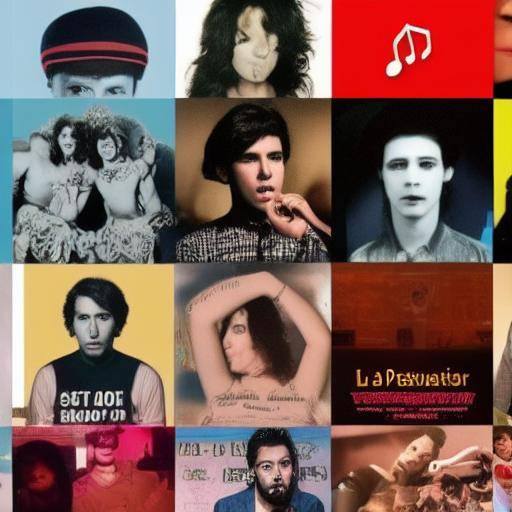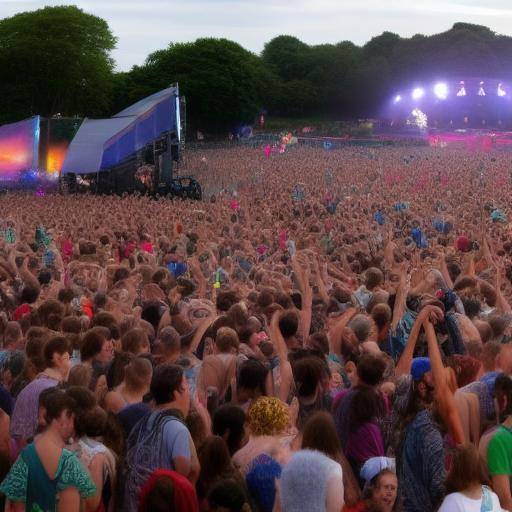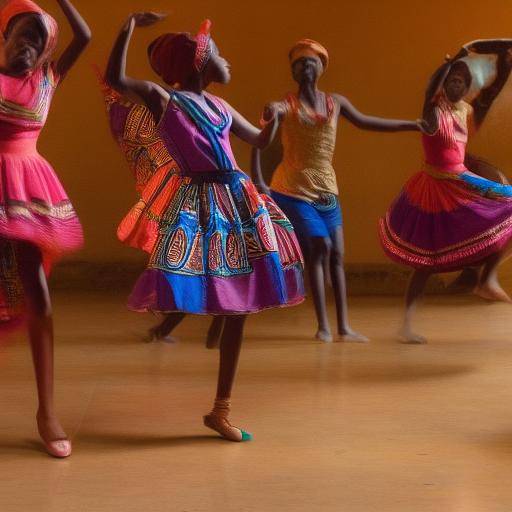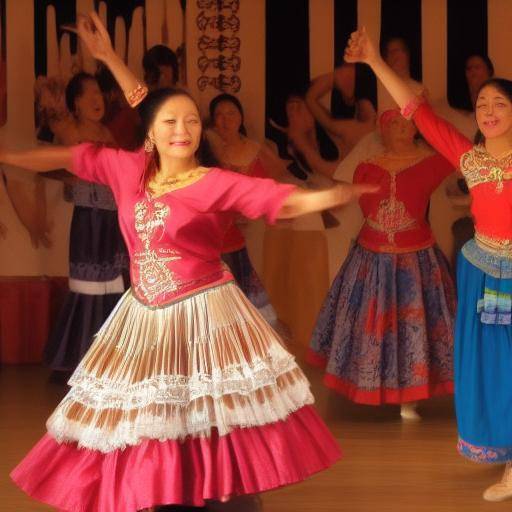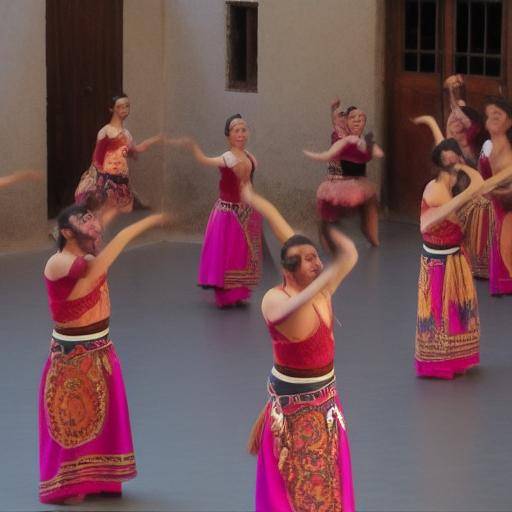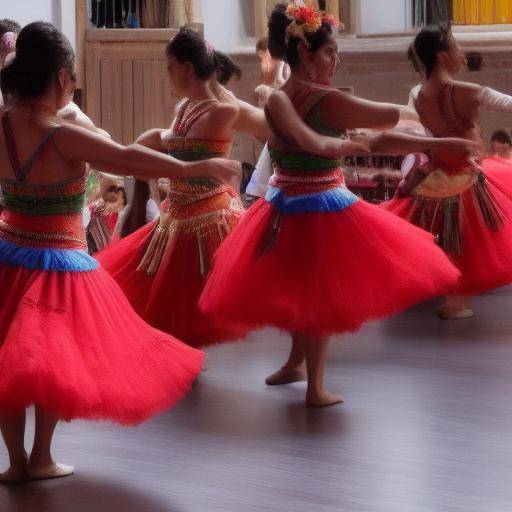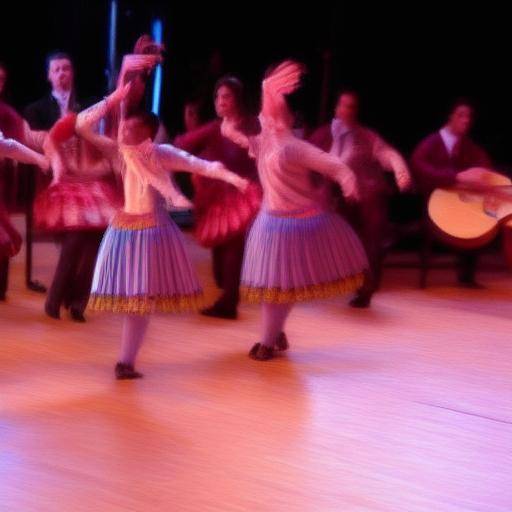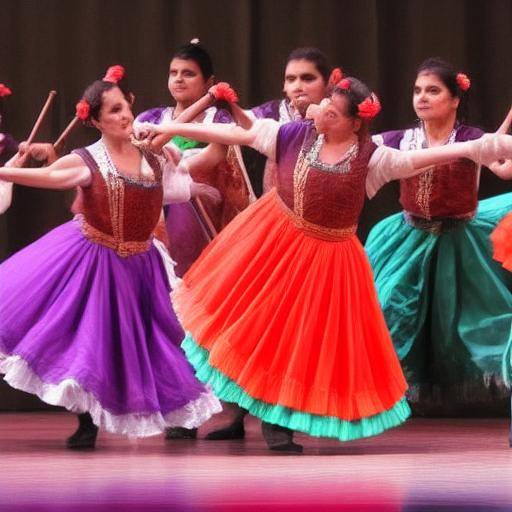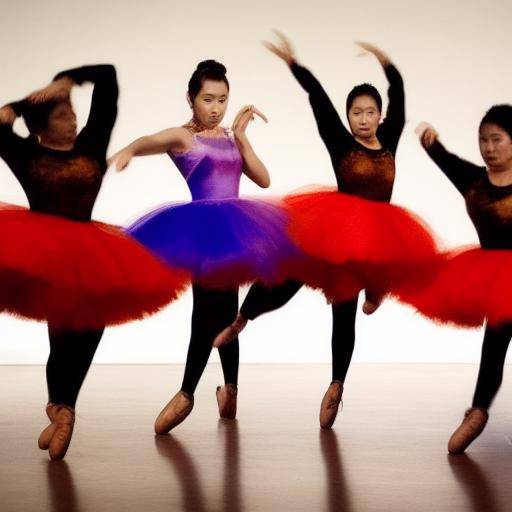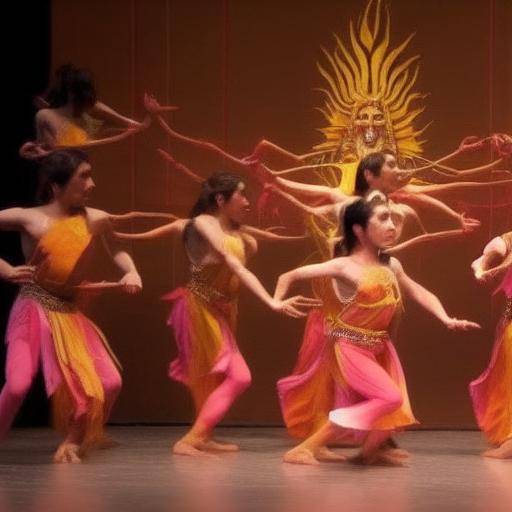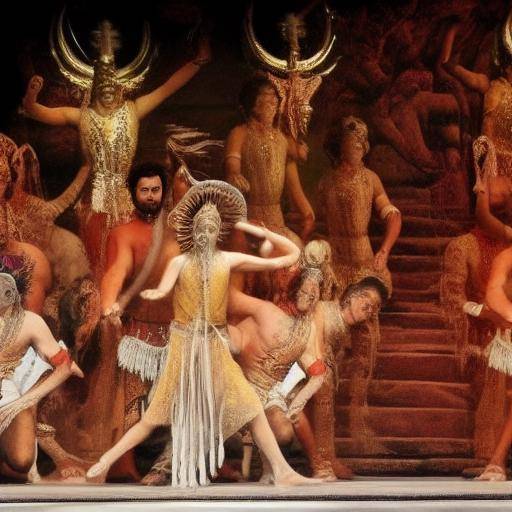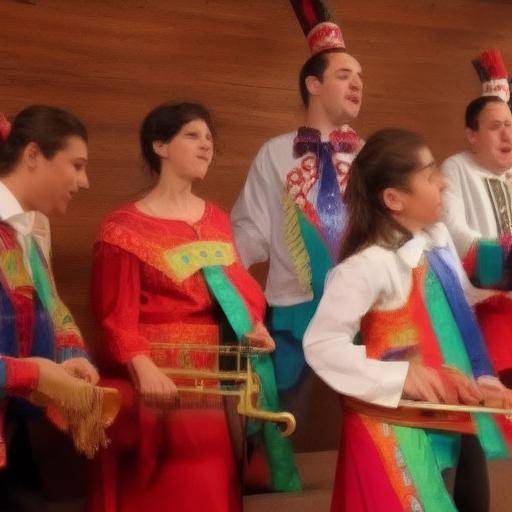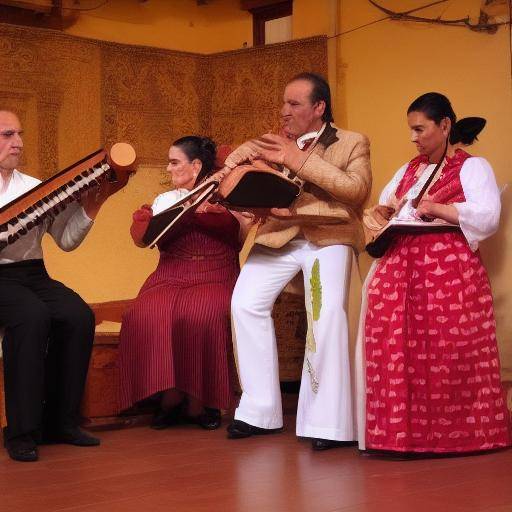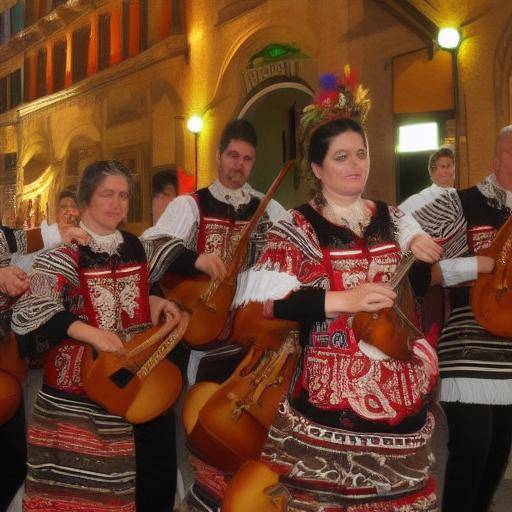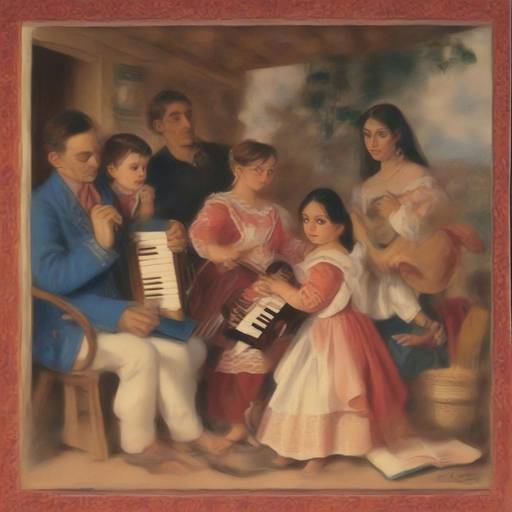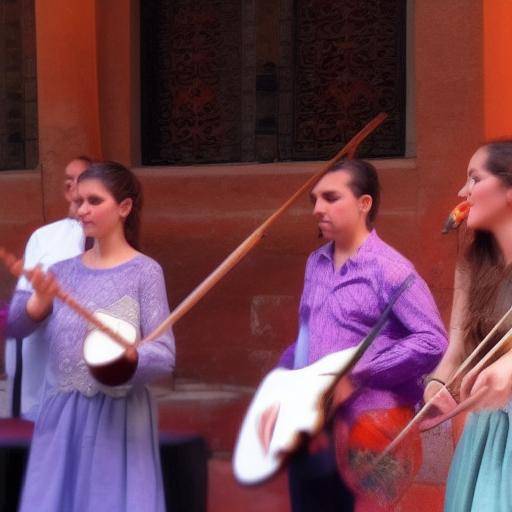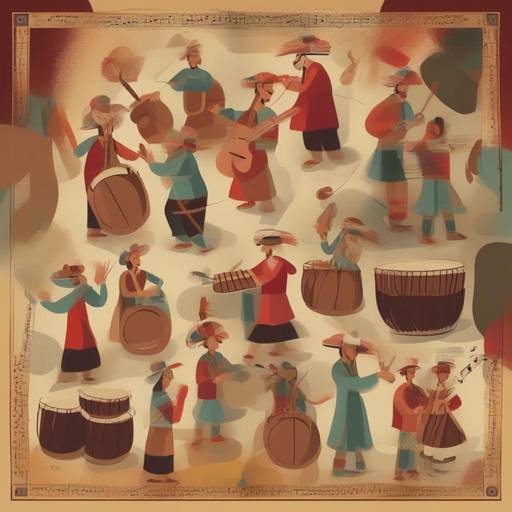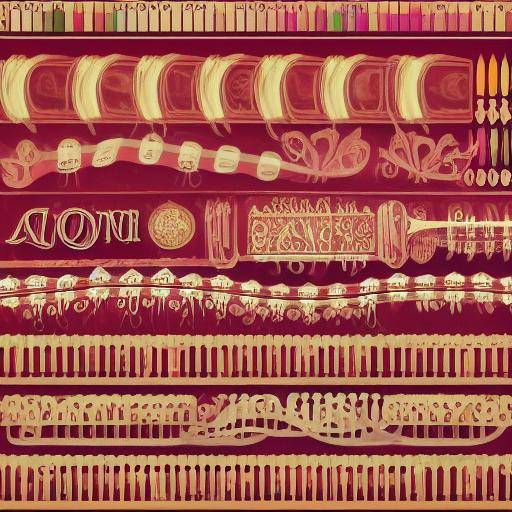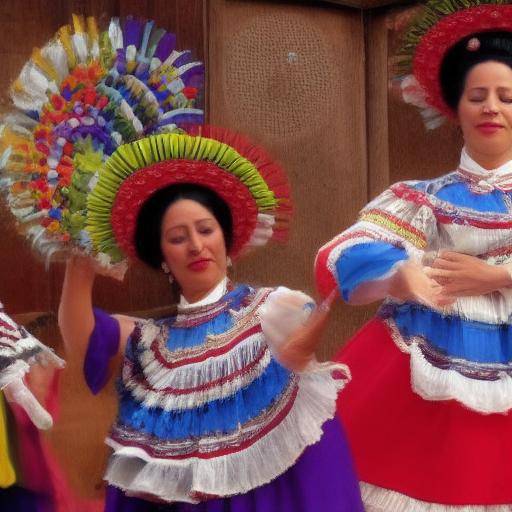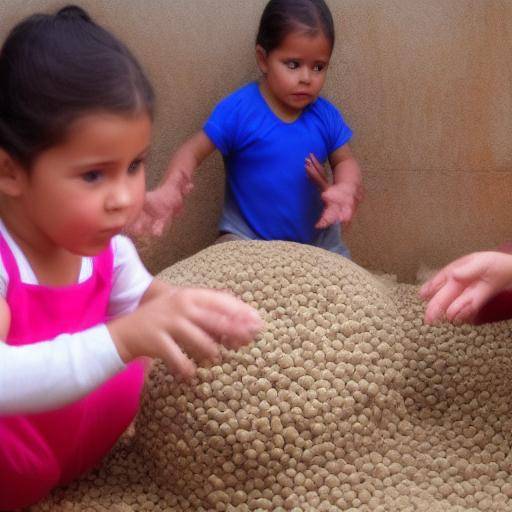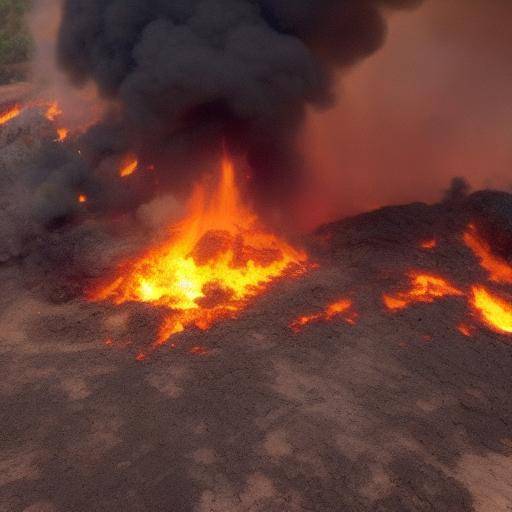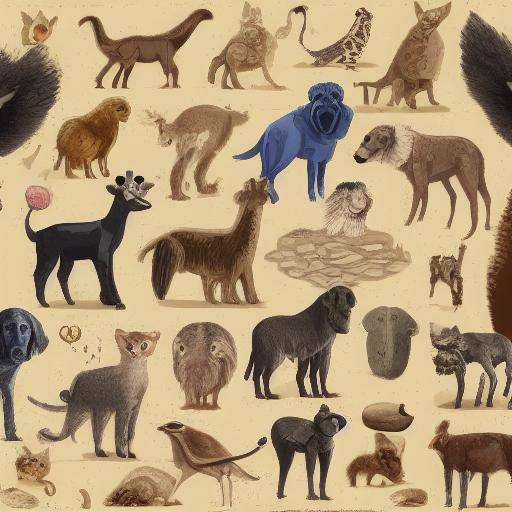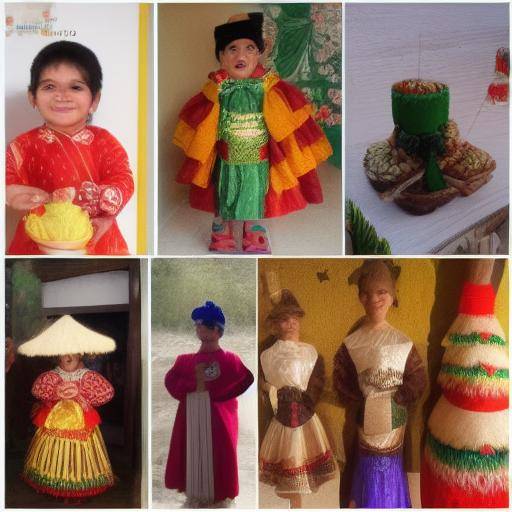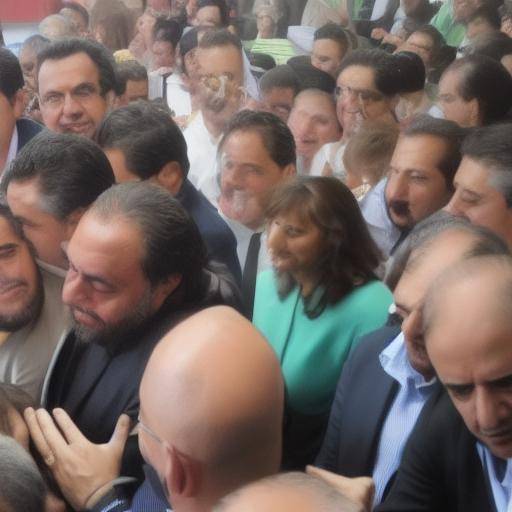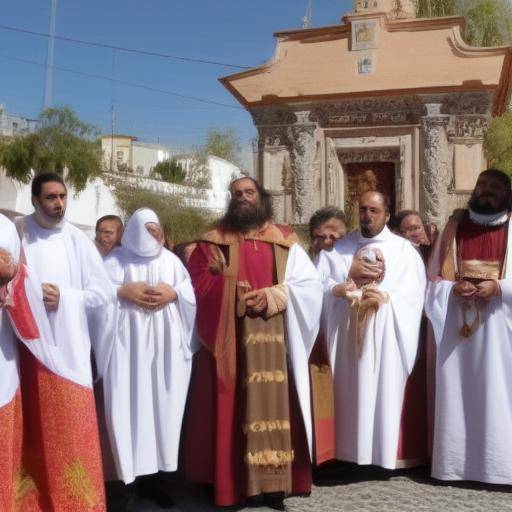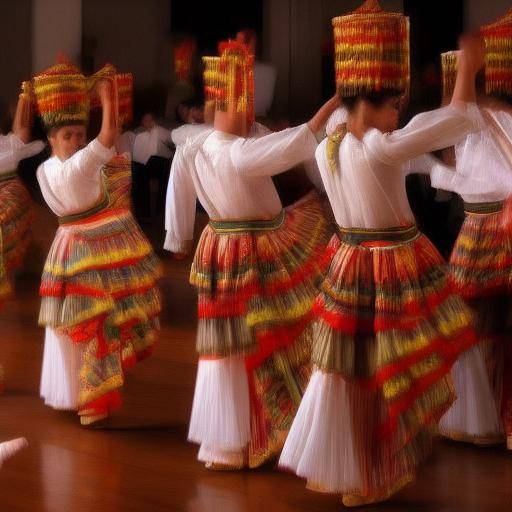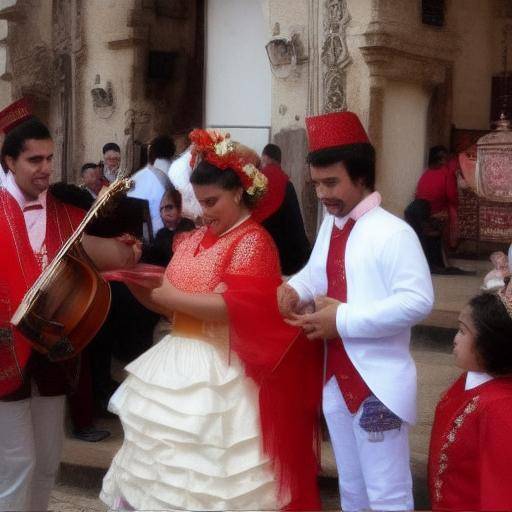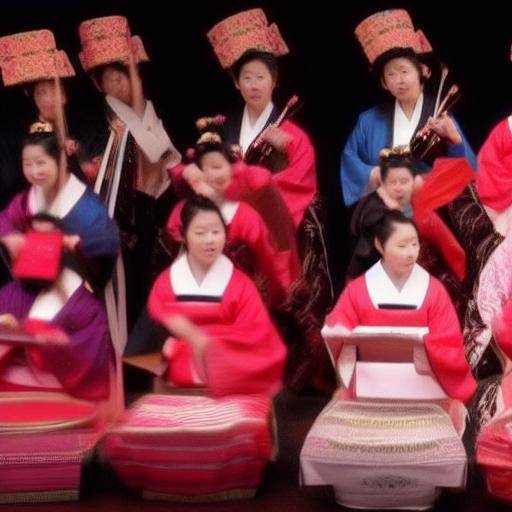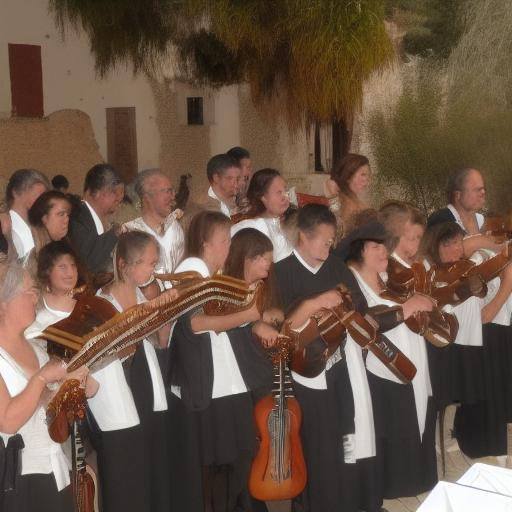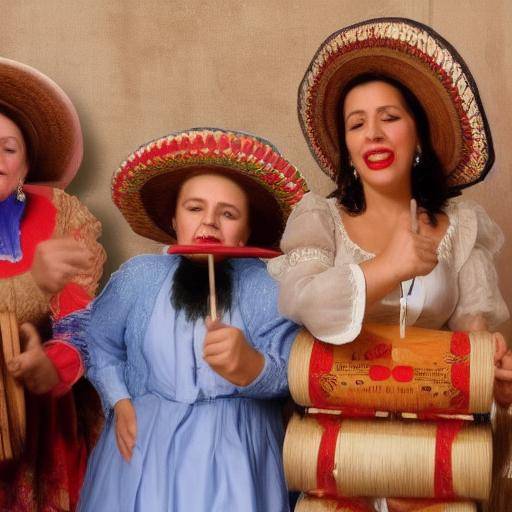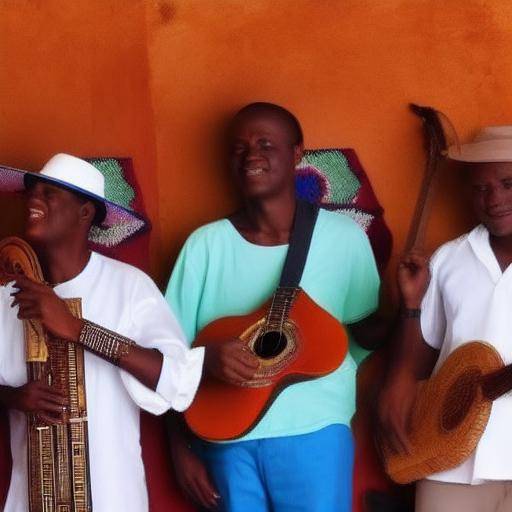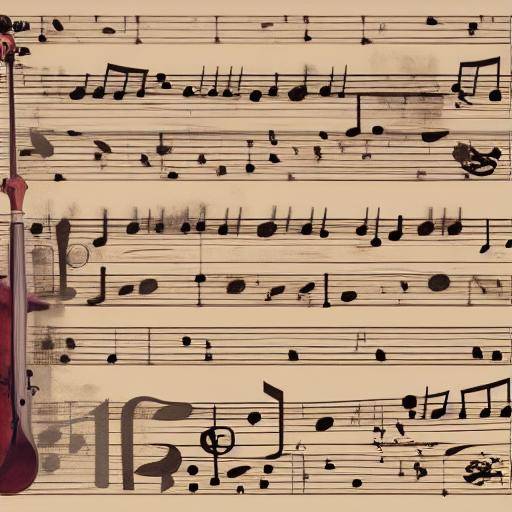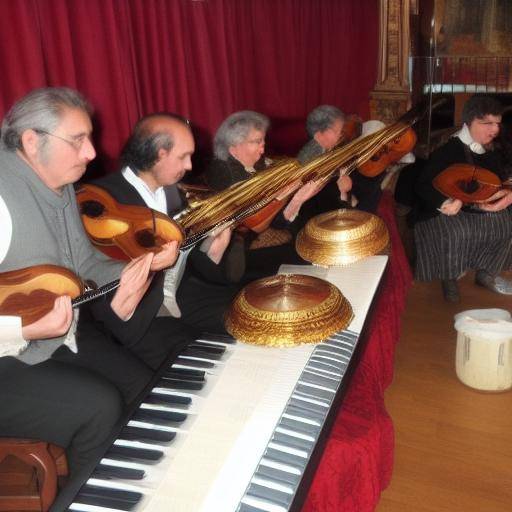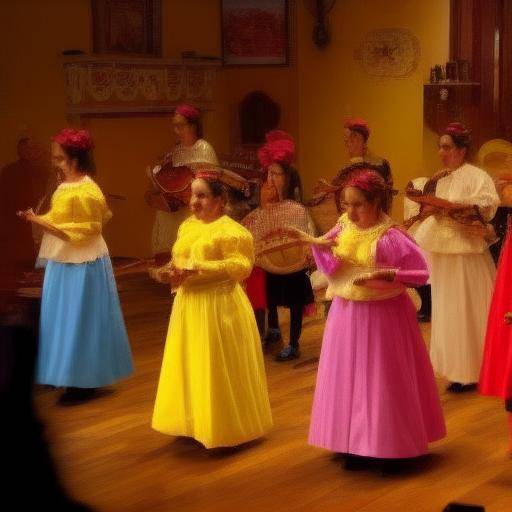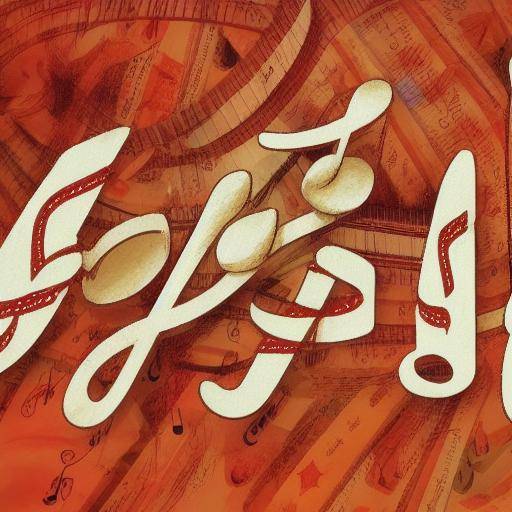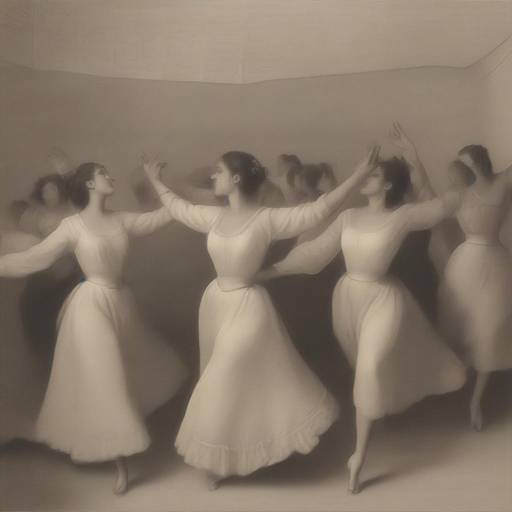
The rites of initiation, ancestral practices present in countless cultures around the world, constitute a crucial moment in an individual's life. These rituals mark the transition from one state to another, whether from childhood to adulthood, from ignorance to knowledge, or from exclusion to inclusion in the community. Music and dance have been fundamental elements in these rites, playing significant roles in the process of transformation and entry into new social roles. In this article, we will explore in depth the role of music and dance in the rites of initiation, from its historical origins to its contemporary relevance.
History and Background
Origins and Historical Significance
The rites of initiation date back to millennial times, in which the communities found in them a way of changing their traditions and teachings. Music and dance, in this context, served as tools for transmitting ancestral knowledge and establishing the connection with the transcendental. This union between the sacred and the profane is manifested in different rituals around the world, such as the Sun Dance of the Native Americans, the ritual of passage to adulthood in many African tribes, or the ceremonies of vision in the indigenous cultures of Australia.
Throughout history, music and dance have been fundamental components in these rites, accompanying moments of trance, communion with nature, and teachings on the responsibilities involved in the new acquired status. As societies evolved, initiation rites also experienced transformations, although the essence of music and dance as transition and learning vehicles remained constant.
Significant Developments and Key Characters
In different times and cultures, prominent figures have contributed to the evolution of the rites of initiation and its relationship with music and dance. From shamans and priests to spiritual leaders and artists, each brought his vision and knowledge to ritual practices, enriching the collective understanding of transcendence and change.
The influence of thinkers like Carl Gustav Jung, who explored the notion of the rite of passage as a universal psychological process, or the anthropologist Margaret Mead, who studied the initiation rituals in various cultures, has contributed to the contemporary understanding of the rites of initiation and its involvement in individual and social development. These advances have allowed the expansion of the perception of rituals, integrating elements of psychology, anthropology, and art.
Analysis in Deep
The rites of initiation, in all its manifestations, have been analysed from multiple perspectives. Psychology has explored its impact on the individual, anthropology has investigated its cultural implications, and musicology has examined its role in the transmission of knowledge and in the formation of identities. These multidisciplinary approaches have enriched the understanding of initiation rituals and highlighted the importance of music and dance in such processes.
Music and dance in the rites of initiation have been recognized as emotional expression vehicles, tools to strengthen community cohesion, and mechanisms to connect the individual with the collective. Its therapeutic effects, both physically and emotionally, have been documented and studied in numerous researches, showing how the constant practice of these arts during rituals can influence the health and well-being of participants.
Comprehensive review
Applications and Best Practices
Music and dance have evolved in their role within the rites of initiation, adapting to contemporary needs and values. At present, there is a diversification of music styles and dance forms used in these rituals, reflecting the richness and cultural diversity of humanity. From Gregorian chanting in religious ceremonies to traditional dances in indigenous communities, music and dance continue to be essential elements in transmitting knowledge and promoting cultural identity.
Current Outlook and Trends
Contemporary perspectives on the rites of initiation, music and dance have evolved over time. While some circles have questioned the relevance of these practices in the modern era, arguing that traditional rituals can collide with contemporary values and beliefs, others defend their importance as means of strengthening the sense of belonging, promoting personal growth and fostering respect for cultural heritage.
This diversity of views has generated a range of approaches in the realization of initiation rites, with communities and organizations adapting traditional practices to contemporary realities. An emphasis is placed on inclusiveness, respect for diversity, and the integration of knowledge from various disciplines, in an effort to enrich the experience of the initiation rituals and to promote their relevance in the twenty-first century.
Comparative analysis
Similarities, Differences and Synergies
Music and dance, while different in their manifestation, share a common purpose in the rites of initiation: facilitate the transition, learning and integration of new roles. While music can induce emotional and spiritual states, dance provides a physical means for expression and movement. These two forms of artistic expression are complemented, creating a complete sensory experience that enriches the experience of initiation rituals.
The similarities and differences in the way music and dance are used in the rites of initiation reflect cultural diversity and the multiplicity of approaches around these practices. From the tribal percussions that mark the pace of the dance steps in Africa to the ceremonial chants of the indigenous cultures of America, each artistic expression holds in itself the history and cosmovision of a people, enriching the collective understanding of human diversity.
Practical Tips and Accessible Recommendations
How to Participate and Contribute
If you are interested in participating in initiation rites involving music and dance, it is important to investigate the particular practices and traditions of the community or group with which you will be involved. Respect the established protocols, learn about the meanings and symbolisms of musical pieces and choreographies, and demonstrate an attitude of openness and humility are key elements for respectful and meaningful participation.
If you are a community leader or ritual facilitator, it is essential to consider the diversity of people involved in initiation rites, ensuring that the artistic expressions used reflect cultural plurality and generate an inclusive environment for all participants. The promotion of respectful practices and the integration of contemporary elements can be effective strategies to maintain the relevance of initiation rituals in today's society.
Industry Perspectives and Expert Reviews
Understanding Impact and Opportunities
Experts in psychology, anthropology, music and dance have highlighted the importance of initiation rites and their relationship with music and dance in individual and community development. The integration of these artistic elements into rituals not only strengthens cultural identity, but also provides a space for emotional expression and the consolidation of social cohesion.
Future Trends and Predictions
In observing current trends, it is possible to foresee a greater appreciation of the rites of initiation as spaces of learning and personal transformation, with an emphasis on the inclusion of contemporary elements that resonate with new generations. Innovations are expected in the way music and dance are integrated in these rites, adapting to the urban, intercultural and technological contexts present in modern society.
Conclusions and FAQs
Conclusions
The role of music and dance in the rites of initiation is undeniably significant, transcending temporary and cultural borders to enrich the process of personal transformation and growth. From the transmission of ancestral knowledge to the promotion of cultural identity, music and dance have been and continue to be fundamental pillars in rituals that mark the passage from one state to another.
Frequently asked questions
Why are music and dance important in the rites of initiation?
Music and dance in the rites of initiation perform multiple functions, including the transmission of knowledge, the creation of emotional and spiritual atmospheres, and the strengthening of community cohesion. These forms of artistic expression enrich the ritual experience, providing a space for connection with the transcendental and learning values and responsibilities.
How have musical and dancistic practices evolved in initiation rites over time?
Musical and Danish practices in the initiation rites have evolved to adapt to contemporary realities, reflecting cultural diversity and the impact of globalization. There is an expansion of musical styles and forms of dance used in these rituals, as well as an emphasis on inclusiveness and the integration of knowledge from different disciplines.
What benefits could a person gain by participating in an initiation rite that incorporates music and dance?
Participation in initiation rites involving music and dance can provide benefits both individually and collectively. These benefits include strengthening identity and belonging to the community, developing non-verbal communication skills, connecting with the spiritual, and promoting physical and emotional well-being through artistic expression.
What is the role of music and dance in preserving cultural traditions in the rites of initiation?
Music and dance in the rites of initiation play a crucial role in the preservation of cultural traditions by serving as vehicles for transmitting ancestral knowledge, preserving unique forms of artistic expression of each community, and reaffirming the cultural identity of the participants. These artistic expressions also contribute to the intergenerational connection and enrichment of cultural heritage.
How can community leaders adapt the rites of initiation to cultural diversity and contemporary values?
Community leaders can adapt the rites of initiation to cultural diversity and contemporary values by promoting respectful practices, integrating contemporary elements, and fostering an inclusive environment that reflects the plurality of people involved in rituals. Intercultural dialogue and collaboration with experts in various disciplines can be effective strategies to enrich the experience of initiatic rituals.
What are the main future trends in initiation rites involving music and dance?
The main future trends in the rites of initiation involving music and dance point towards a greater assessment of such rituals as spaces of learning and personal transformation. An innovation is expected in the integration of music and dance in these rites, adapting to the urban, intercultural and technological contexts of modern society, and promoting the inclusion of contemporary elements that resonate with new generations.
In conclusion, music and dance have been and continue to be fundamental pillars in the rites of initiation, enriching ritual experience and contributing to individual and collective development. Its importance transcends cultural and temporal differences, consolidating itself as indispensable tools in the process of transformation and growth that characterizes the initiation rituals.
Music and dance, in their universal power to communicate, express and connect, continue to play a crucial role in the transmission of knowledge, the preservation of cultural traditions, and the promotion of the emotional and spiritual well-being of those involved in these rites. In a constantly evolving world, the integration of music and dance in the rites of initiation marks a bridge between cultural heritage and contemporary needs, enriching human experience and promoting intercultural dialogue.
With the understanding and appreciation of the importance of music and dance in the rites of initiation, the door opens to greater meaningful participation in these ancestral practices, thus strengthening community ties and fostering personal growth. By embracing the wealth and diversity of artistic expressions in the initiation rituals, we celebrate the continuity of tradition and the potential for transformation that these practices offer to those who embark on the journey of initiation.
With this in mind, we invite you to explore further these topics, immersed in the depths of music, dance and rites of initiation, and thus discovering the magic and meaning embedded in these forms of ancestral expression.
With the intention of providing a solid guide on the interconnection of music and dance in the rites of initiation, I have provided a historical, analytical and practical vision. The inclusion of frequent questions seeks to address common doubts, while facilitating a deeper understanding of the topic. I remain at your disposal for any adjustment or specification you wish to make.

